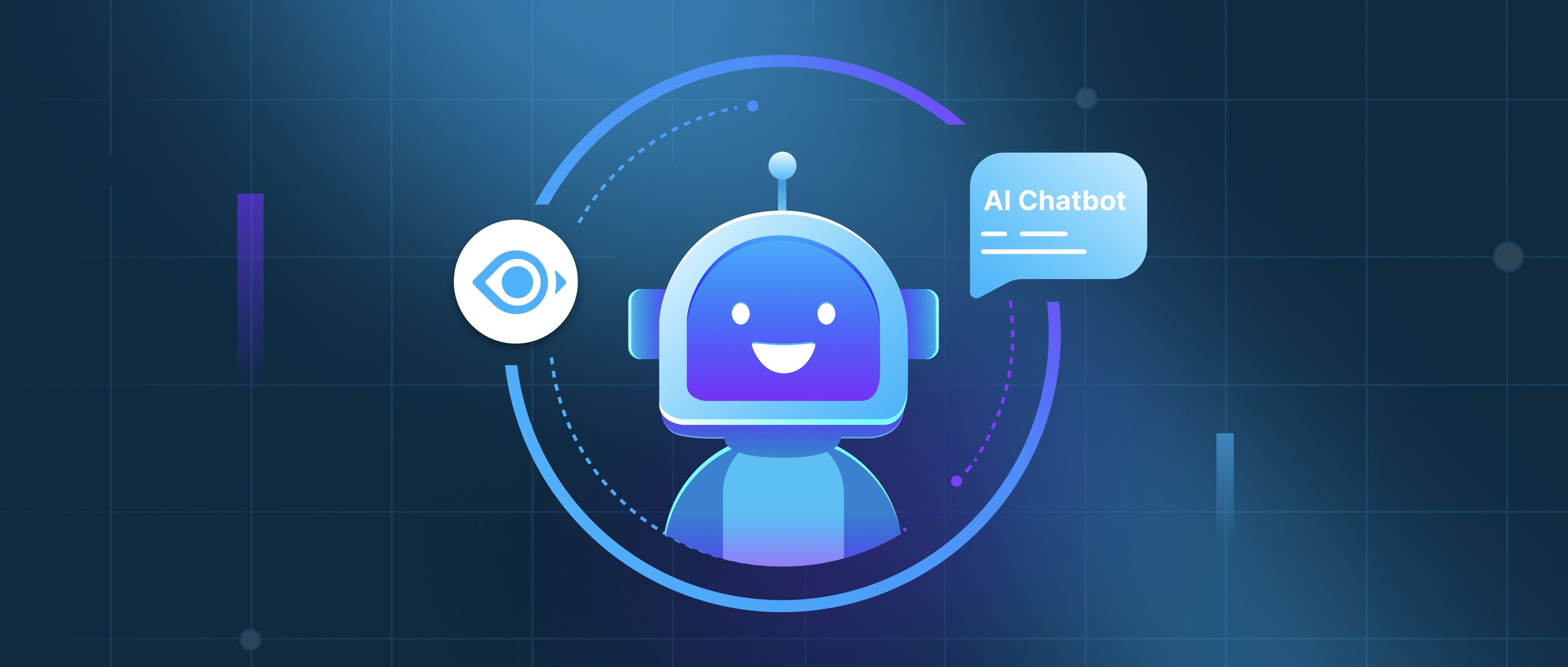Fine-tuning in the context of OpenAI models refers to the process of taking a pre-trained model and adapting it to perform specific tasks or meet particular requirements. Pre-trained models, like those OpenAI provides, have been trained on vast amounts of data to understand language patterns, but they may not be tailored for specific applications. Fine-tuning allows developers to customize these models by training them further on a smaller, task-specific dataset, thereby improving their performance for that particular task.
The fine-tuning process involves several steps. First, developers select a subset of data that closely resembles the kind of input the model will handle in practice. This dataset should include examples that reflect the specific language and nuances related to the desired outcome. For instance, if a company wants to use a language model for customer service interactions, it might fine-tune the model using transcripts from past customer queries and responses. The model learns from this specific dataset and adjusts its responses accordingly. This way, fine-tuning helps the model generate more relevant and contextually appropriate outputs.
Finally, the benefits of fine-tuning can be significant. It allows developers to create highly specialized applications that outperform more general models in specific scenarios. By focusing the model’s capabilities on a narrower task, developers can enhance accuracy, relevance, and overall user satisfaction. For example, a financial services firm could fine-tune a model to analyze investment reports, leading to more precise insights compared to using the generic version. Overall, fine-tuning is a powerful way to leverage pre-trained models for specialized applications, ensuring they meet the specific needs of end-users.
